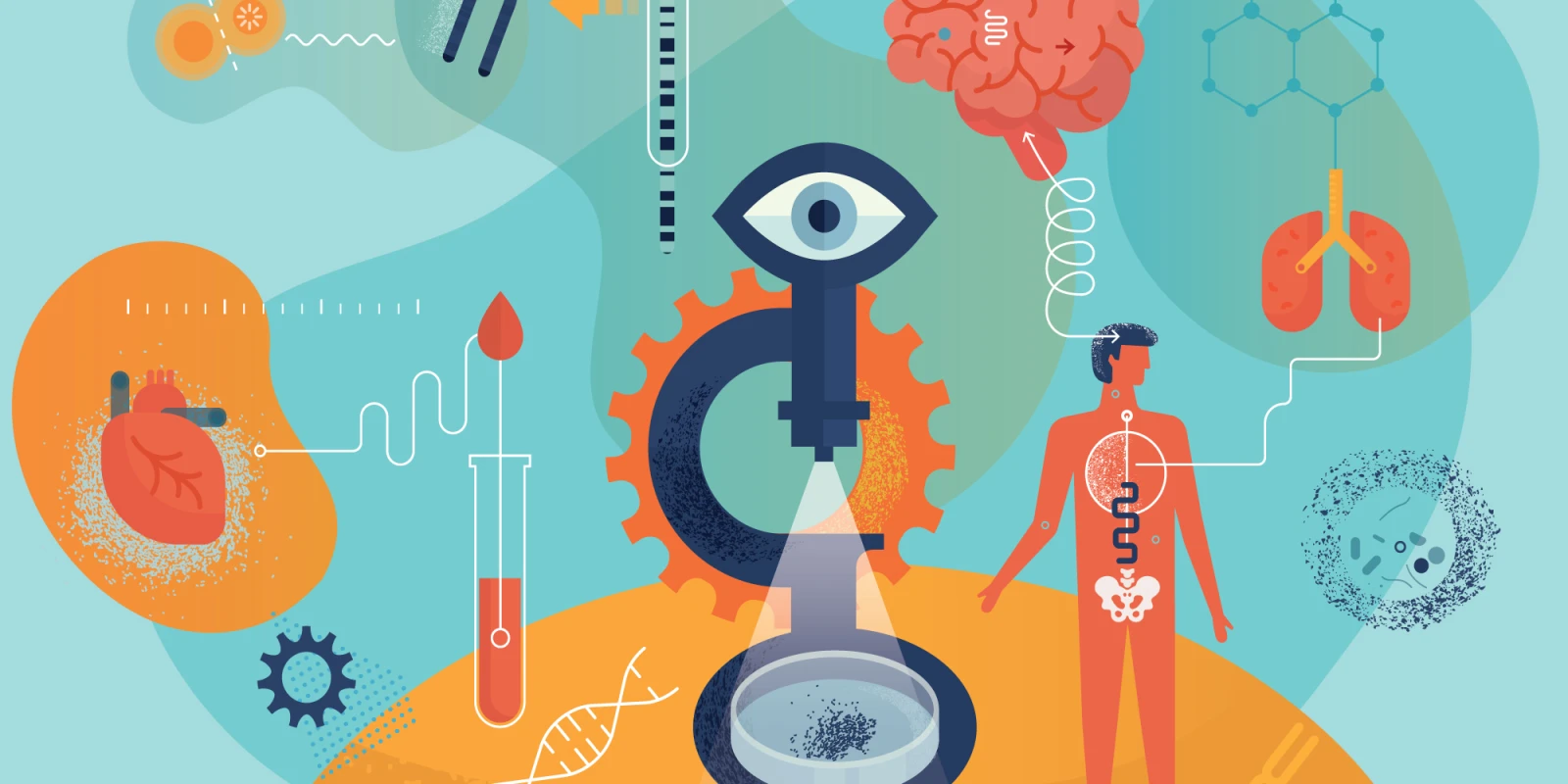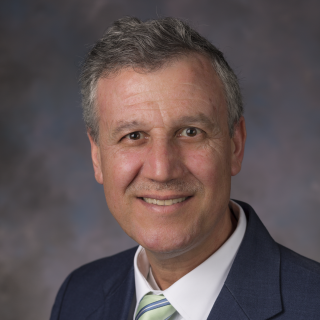
For pathologists, the evaluation of an image is the equivalent of the physical examination in clinical medicine. A good physical examination, guided by a detailed medical history, is very important in establishing the "big picture," and in formulating a plan of action. Likewise, in pathology, the evaluation of an image — whether a gross specimen, a histologic section, or a microscopic view — constitutes the foundation for assessing the "big picture" and charting the optimal work-up.
Unfortunately, there is no special glory, tangible reward, or extra compensation for performing an exceptionally skilled physical examination — one that helps save excessive workup — as compared with a mediocre one, that makes a “shotgun” approach necessary. The same is true for an exceptionally insightful morphologic pathological assessment that, within a clinical context, may save time and preserve resources. In fact, the opposite often happens: the pressure to produce fast and specific data may force clinicians and pathologists to routinely cast a wide net, requesting and initiating excessive ancillary tests before fully considering the “big picture.” In other words, basic excellence, of the kind that saves resources, is often neither compensated nor easily recorded in medicine. Meanwhile, mediocrity, which excessively relies on and utilizes resources, is often applauded for generating revenue.
In listening to our seasoned clinical colleagues, we often hear that the art of a complete physical exam is vanishing. Likewise in Pathology, we have observed firsthand that keen morphologic skills are slowly fading away.
In clinical medicine, the generalist (who is trained to know something about everything) often prematurely vacates the driver’s seat to the super-specialist. The latter, who presumably knows everything about a defined subject, is likely to view the “big picture” through a unique prism. Having encountered virtually every symptom, sign, or even normal human variant as a manifestation of a disorder within his/her area of expertise, the super-specialist is likely to carry a massive hammer. When you carry a hammer, many things can look like nails. With no stone left unturned, the resulting information deluge can further create context-specific knowledge gaps that may potentially send the health care team on a wild goose chase.
In Pathology, an inclusive “shotgun” approach, which usually requires little effort and fewer skills, is gradually replacing a targeted approach that requires intense effort and refined skills, but simultaneously utilizes fewer resources. Furthermore, exhaustive and descriptive reporting templates — a “one size fits all” approach designed to minimize the necessity for direct communications — is replacing tailored reports, which are designed to resolve a clinical question within a particular clinical context.
Lost among all of these tendencies is the "big picture.” The impacts of this loss are huge — and will only grow. Imagine a medical mystery as a jigsaw puzzle. The astounding medical discoveries achieved in recent times — especially at the high-resolution molecular, genetic, and genomic levels — are analogous to an exponential increase in the number of pieces of the puzzle, with an accompanying decrease in their size. Now, if that is not overwhelming and challenging enough, imagine what the effect might be if the image (the "big picture,” if you will) provided on the puzzle box were to fade or become fuzzy. In that case, solving the puzzle becomes ever more challenging (and certainly more expensive).
The above medical trends appear unstoppable but will eventually yield a cumulative medical greenhouse effect, analogous in a way to the global warming process posited by climate scientists. Unfortunately, real qualitative solutions may not be possible until we reach a critical point or a certain threshold. As we welcome 2019, we do not know when we will cross that threshold. But we know that we are accelerating towards it.
Samir Kahwash, MD, is a clinical professor at the Ohio State University and a pediatric hematopathologist at Nationwide Children’s Hospital in Columbus, Ohio. He posts medical images at @pediatricpathologyimages.






